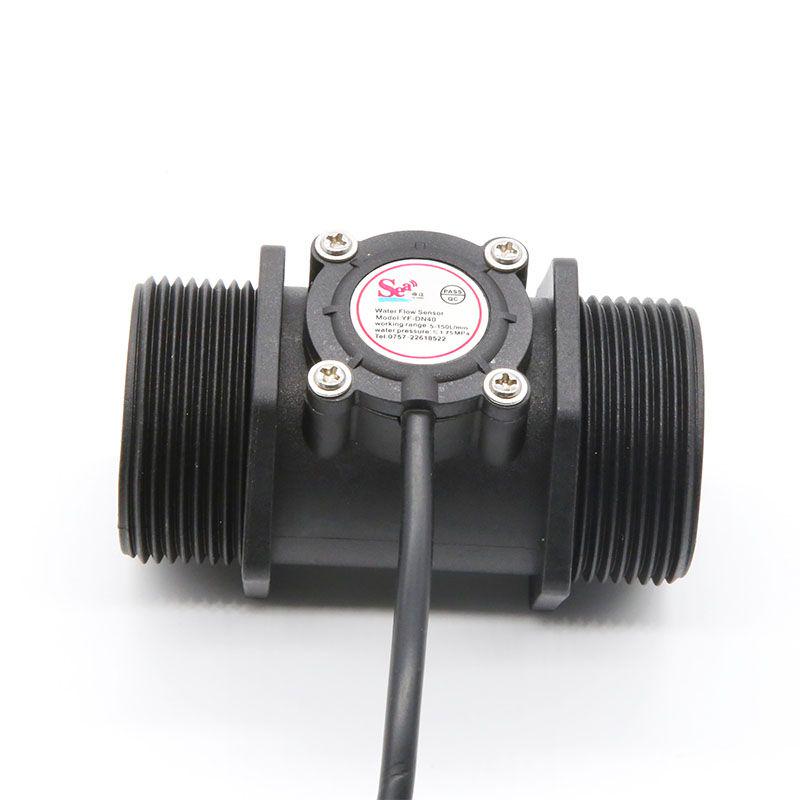1. Product core introduction
HomeDIYer's DN50 and DN40 water flow sensors are hardware accessories carefully crafted for home DIY enthusiasts. They can accurately measure water flow conditions, meet the needs of different pipe diameters, and provide reliable water flow data support for your DIY projects.
2. The main characteristics of the product
1. Dual pipe diameter adaptation: DN50 and DN40 are available, which can meet the water flow measurement needs of different pipe diameters and have a wide range of applications.
2. Accurate measurement: Using advanced sensing technology, it can accurately measure the speed and flow of water flow and provide users with accurate data.
3. Durable and reliable: Made of high-quality materials, it has good corrosion resistance and stability and can work stably for a long time.
4. Convenient installation: The design is simple and the installation process is simple. Even DIY enthusiasts without professional skills can easily complete the installation.
3. Product use scene
1. Home water supply system: Installed in the home water supply pipeline, real-time monitoring of water flow, help users understand the water use situation, and achieve reasonable water use.
2. Irrigation system: In the irrigation system of home gardens or small farmlands, the irrigation water volume can be accurately controlled, the irrigation efficiency can be improved, and water resources can be avoided.
3. Hot water circulation system: used to monitor the water flow of the hot water circulation system to ensure the normal operation of the system and ensure the stability of hot water supply.
4. Product use instructions
1. Installation preparation: Turn off the water source and prepare installation tools, such as wrenches. Select the corresponding DN50 or DN40 sensor according to the pipe diameter.
2. Installation steps: Install the sensor correctly on the pipe to ensure that the water flow direction is consistent with the sensor mark. Use pipe fittings to connect the sensor to the pipe tightly to prevent water leakage.
3. Debugging operation: Turn on the water source and observe whether the sensor works normally. Check whether the water flow data is accurate by connecting the corresponding display device or control system.
4. Daily maintenance: Regularly check whether the connection part of the sensor is leaking, clean the surface of the sensor, and ensure its normal operation. If it is not used for a long time, turn off the water source to protect the equipment.















